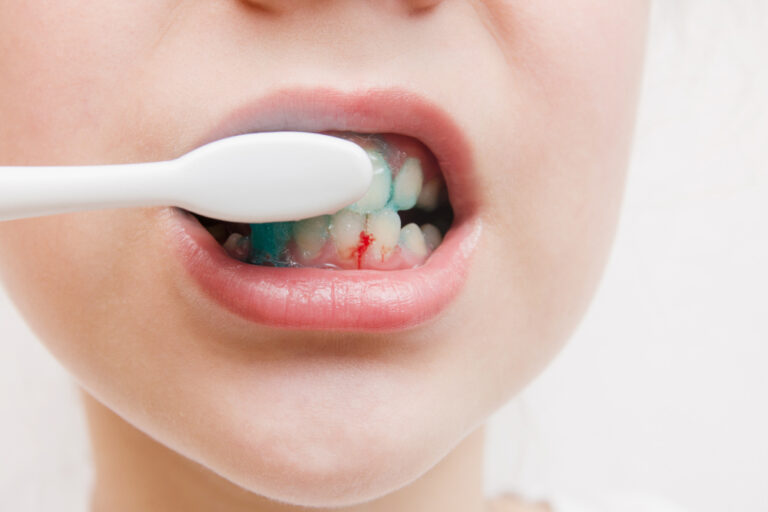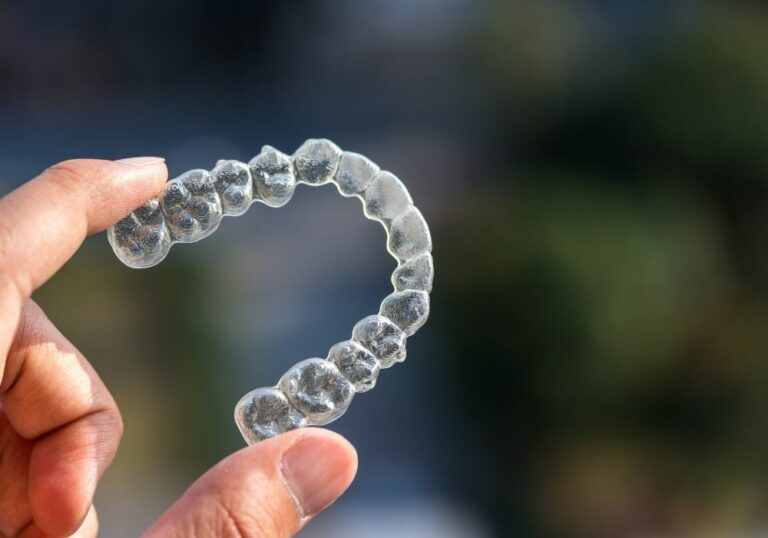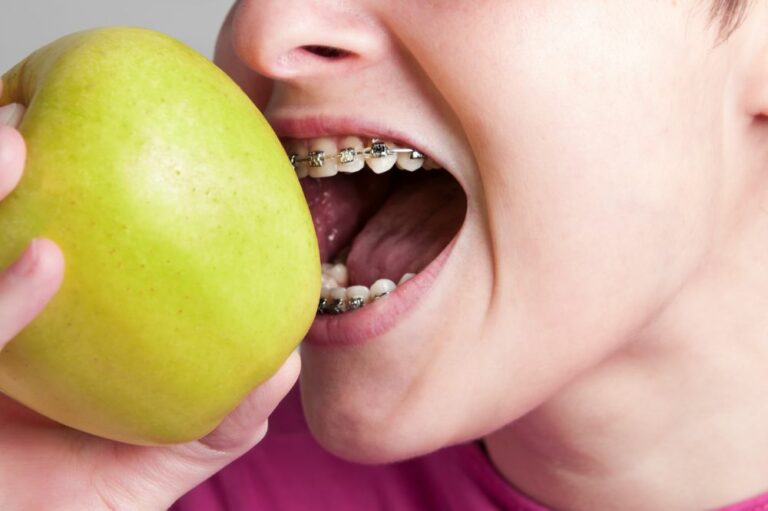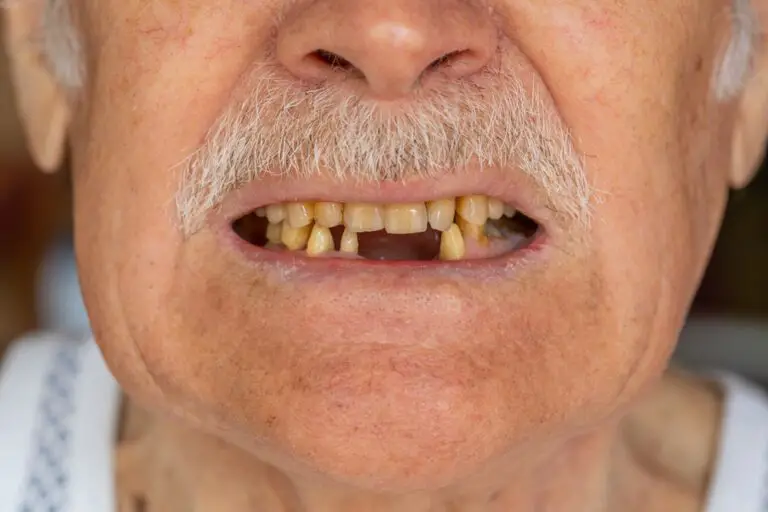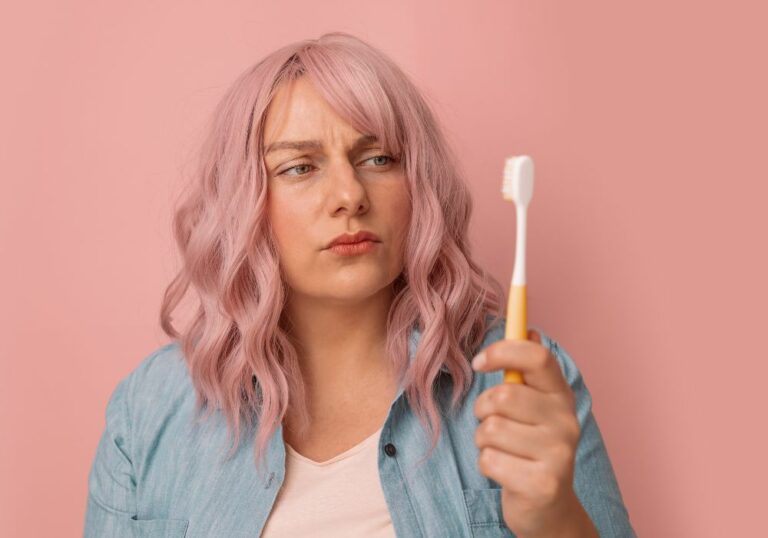If you’ve recently had a temporary filling put in, you may be wondering when it’s safe to brush your teeth again. Brushing your teeth is an important part of maintaining good oral hygiene, but it’s important to take care when you have a temporary filling in place. In this article, we’ll answer the question of how soon after a temporary filling can you brush your teeth.
Temporary fillings are typically used in situations where a permanent filling cannot be placed immediately. They are designed to protect the tooth and prevent further decay until a permanent filling can be placed. While temporary fillings are generally safe, they can be more fragile than permanent fillings. This means that you need to be careful when brushing your teeth to avoid damaging the filling or dislodging it from the tooth.
So, how soon after a temporary filling can you brush your teeth? The answer depends on the type of filling material used and the specific instructions given by your dentist. In general, it’s best to wait at least 24 hours before brushing your teeth after a temporary filling has been placed. However, your dentist may recommend waiting longer or brushing your teeth more gently than usual to avoid damaging the filling.
Understanding Temporary Fillings
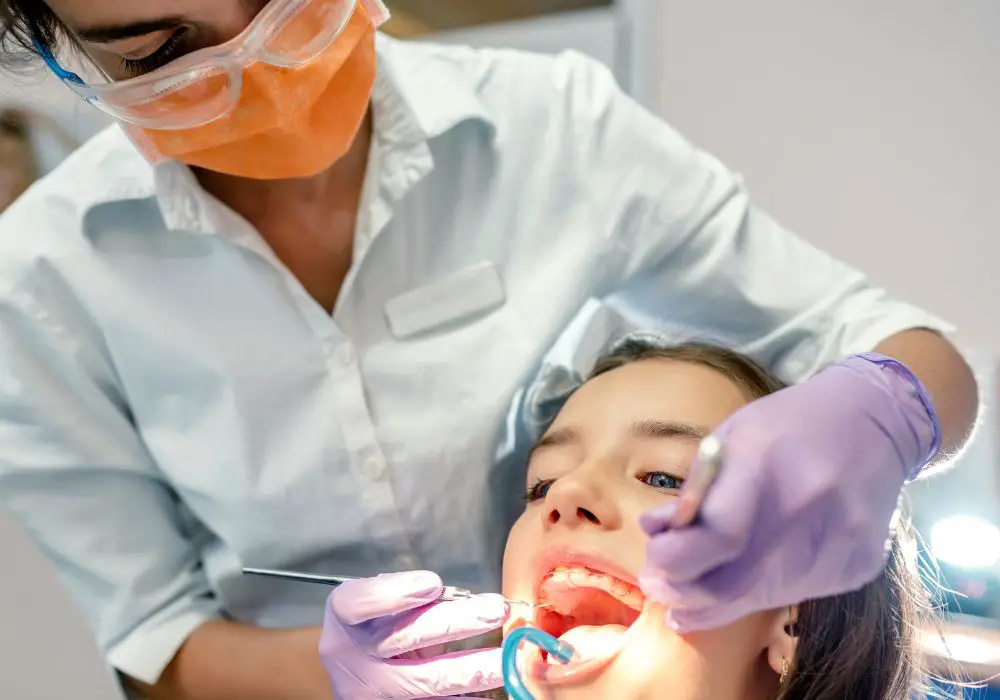
If you have recently undergone a dental procedure, such as a root canal or cavity filling, your dentist may have placed a temporary filling in your tooth. Temporary fillings are typically made of a soft material that is designed to protect your tooth while you wait for a permanent filling or crown to be placed.
Temporary fillings are not meant to last for a long time, and they can become dislodged or damaged if you are not careful. Therefore, it is important to take good care of your temporary filling until you can have a permanent solution put in place.
Here are a few things to keep in mind when it comes to understanding temporary fillings:
- Temporary fillings are not as durable as permanent fillings or crowns. They are designed to last for a few weeks or months at most, so it is important to avoid putting too much pressure on them or biting down on hard foods.
- Temporary fillings can be sensitive to temperature changes. You may experience some discomfort if you drink hot or cold beverages, so it is best to avoid extreme temperatures while you have a temporary filling.
- Temporary fillings require proper care and maintenance. You should brush and floss your teeth as usual, but be careful around the area of the temporary filling. Use a soft-bristled toothbrush and avoid applying too much pressure.
- If your temporary filling becomes dislodged or damaged, contact your dentist immediately. They may be able to repair or replace the filling to prevent further damage to your tooth.
By understanding the limitations and care instructions for temporary fillings, you can help ensure that your tooth stays healthy and protected until a permanent solution can be put in place.
Post-Procedure Care
After getting a temporary filling, it’s important to take proper care of your teeth to ensure that the filling stays in place and your tooth heals properly. Here are some tips to help you care for your tooth after getting a temporary filling:
Be Gentle
It’s important to be gentle when brushing and flossing around the area of your temporary filling. Use a soft-bristled toothbrush and avoid applying too much pressure when brushing. When flossing, be sure to use a gentle back-and-forth motion rather than a sawing motion, which can dislodge the filling.
Avoid Hard or Sticky Foods
For the first few days after getting a temporary filling, it’s best to avoid hard or sticky foods that could dislodge the filling. Stick to soft foods and avoid chewing on the side of your mouth with the filling.
Continue Your Oral Hygiene Routine
Continue to brush and floss your teeth as usual, being careful around the area of the temporary filling. If you experience any sensitivity or discomfort, try using a toothpaste designed for sensitive teeth.
Follow Up with Your Dentist
Be sure to follow up with your dentist as scheduled to have the temporary filling replaced with a permanent filling. If you experience any pain or discomfort, contact your dentist right away.
By following these post-procedure care tips, you can help ensure that your temporary filling stays in place and your tooth heals properly.
The Right Time to Brush

After getting a temporary filling, you may be wondering when it is safe to brush your teeth. It is important to take care of your teeth and maintain good oral hygiene, but you also want to make sure you don’t damage the temporary filling. Here’s what you need to know about brushing after a temporary filling:
Brushing Right After the Procedure
If you have just had a temporary filling placed, you can brush your teeth right away. White fillings are cured immediately with a curing light while silver fillings harden over a few minutes after placement. However, if you are numb from anesthetic, you should be careful not to brush too hard so as not to injure the gum tissues.
Brushing in the First Few Days
In the first few days after getting a temporary filling, you should be extra gentle when brushing around the area of the filling. Use a soft-bristled toothbrush and be sure to brush gently. Also, avoid using any whitening toothpaste or abrasive toothpaste that could damage the filling or irritate your gums.
Brushing After the Temporary Filling Falls Out
If your temporary filling falls out, you should brush your teeth as normal, but be careful around the area where the filling was. You should also contact your dentist to schedule an appointment to have the filling replaced as soon as possible.
Tips for Brushing After a Temporary Filling
Here are some tips to keep in mind when brushing after a temporary filling:
- Use a soft-bristled toothbrush to avoid damaging the filling or irritating your gums.
- Brush gently around the area of the filling, especially in the first few days after the procedure.
- Avoid using any whitening toothpaste or abrasive toothpaste that could damage the filling or irritate your gums.
- If your temporary filling falls out, brush your teeth as normal but be careful around the area where the filling was.
By following these tips, you can maintain good oral hygiene while also protecting your temporary filling.
Potential Risks of Early Brushing
While it is generally safe to brush your teeth after a temporary filling, there are some potential risks to be aware of. Here are a few things to keep in mind:
- Dislodging the filling: If the filling was not placed properly or has not had enough time to set, brushing too soon after the procedure could cause it to become dislodged. This can be painful and may require another trip to the dentist to fix.
- Irritating the gums: If you brush too vigorously or use a toothbrush with hard bristles, you could irritate your gums. This can cause bleeding and discomfort, and may even lead to gum disease if it happens frequently.
- Spreading bacteria: If you have bacteria in your mouth, brushing too soon after a filling could spread it to other parts of your mouth. This can increase your risk of developing cavities or other dental problems.
To avoid these risks, it’s important to follow your dentist’s instructions carefully. They may recommend waiting a certain amount of time before brushing, or suggest using a soft-bristled toothbrush and gentle brushing technique. If you experience any pain or discomfort after brushing, contact your dentist right away.
Proper Brushing Techniques After Temporary Fillings
After getting a temporary filling, it is important to take extra care when brushing your teeth to avoid damaging the filling or causing any discomfort. Here are some proper brushing techniques to follow:
Use a Soft-Bristled Toothbrush
When brushing around the filled tooth, use a soft-bristled toothbrush. This will help prevent any damage to the filling and reduce any discomfort you may experience. Brush gently, but thoroughly, to remove any food particles or plaque buildup.
Brush in a Circular Motion
Brushing in a circular motion is a gentle and effective way to clean your teeth and avoid damaging the filling. Place the bristles of the toothbrush at a 45-degree angle to the gum line and use circular motions to clean the front, back, and top of the tooth.
Floss Carefully
Flossing around the filled tooth can be tricky, but it is important to remove any food particles or plaque buildup. Use a gentle back-and-forth motion to slide the floss between your teeth. Avoid pulling up on the floss, as this can dislodge the filling.
Rinse with Water
After brushing and flossing, rinse your mouth with water to remove any remaining food particles or debris. Swish the water around your mouth for at least 30 seconds before spitting it out.
Following these proper brushing techniques can help you maintain good oral hygiene and protect your temporary filling. If you experience any discomfort or notice any issues with the filling, contact your dentist right away.
Maintaining Oral Hygiene with Temporary Fillings

Maintaining proper oral hygiene is crucial when you have a temporary filling. While brushing and flossing are important for your overall oral health, you need to take extra care when you have a temporary filling to avoid dislodging it or causing any damage. Here are some tips to help you maintain good oral hygiene with a temporary filling:
Brushing Your Teeth
Brush your teeth twice a day with a soft-bristled toothbrush. Use a fluoride toothpaste to help prevent tooth decay. While brushing your teeth, be gentle around the area where the temporary filling is placed. Avoid using a hard-bristled toothbrush or brushing too vigorously, as this can dislodge the filling.
Flossing Your Teeth
Floss your teeth once a day to remove any food particles stuck between your teeth. Use a gentle back-and-forth motion to avoid damaging the temporary filling. If you find it difficult to floss around the temporary filling, try using a floss threader or interdental brush to clean the area.
Rinsing Your Mouth
Rinse your mouth with warm salt water to help prevent infection and reduce swelling. Mix 1/2 teaspoon of salt in a glass of warm water and swish the solution around your mouth for 30 seconds before spitting it out. Do this two to three times a day.
Avoiding Certain Foods and Drinks
Avoid eating hard, crunchy, or sticky foods that can dislodge the temporary filling. Also, avoid drinking hot or cold liquids, as they can cause sensitivity around the filling. Instead, opt for soft, easy-to-chew foods and lukewarm or room temperature liquids.
Regular Dental Checkups
Visit your dentist regularly for checkups and cleanings. Your dentist can monitor the condition of the temporary filling and make any necessary adjustments. If the temporary filling falls out or becomes damaged, contact your dentist immediately to schedule a repair or replacement.
By following these tips, you can maintain good oral hygiene with a temporary filling and ensure proper healing and recovery.
When to Seek Professional Advice
If you experience any of the following after a temporary filling, it’s best to seek professional advice from your dentist:
- Pain that worsens or persists beyond a few days
- Swelling or bleeding in the treated area
- A loose or lost temporary filling
- A chipped or broken temporary filling
- Signs of infection, such as fever or chills
Your dentist may need to examine the treated tooth and take X-rays to determine the cause of your symptoms. They may also recommend additional treatment, such as a root canal or a permanent filling.
It’s important to follow your dentist’s instructions for caring for your temporary filling and maintaining good oral hygiene. This can help prevent further dental problems and ensure that your tooth heals properly.
If you have any questions or concerns about your temporary filling or the root canal procedure, don’t hesitate to contact your dentist. They can provide you with the guidance and support you need to ensure a successful outcome.
Frequently Asked Questions
How long does a temporary filling take to set?
Temporary fillings typically take a few minutes to set. However, the exact time can vary depending on the type of filling material used. Your dentist will give you specific instructions on how long you should wait before eating or drinking anything after your filling is placed.
What is a temporary filling made of?
Temporary fillings are usually made of materials such as zinc oxide, eugenol, or calcium hydroxide. These materials are designed to provide a temporary seal for the tooth until a permanent filling can be placed.
How long does temporary filling last after root canal?
Temporary fillings are typically used after a root canal procedure to seal the tooth until a permanent filling or crown can be placed. The length of time a temporary filling lasts can vary depending on factors such as the size of the filling and how well you take care of your teeth. Generally, temporary fillings can last for several weeks to a few months.
Can I brush my teeth after getting a temporary filling?
Yes, you can brush your teeth after getting a temporary filling. However, you should wait until the filling has fully set before brushing the area around the filling. Your dentist will give you specific instructions on how long you should wait before brushing.
What should you not do after a temporary filling?
After getting a temporary filling, you should avoid eating hard or sticky foods that could dislodge the filling. You should also avoid chewing on the side of your mouth where the filling is located. Additionally, you should avoid flossing around the filling, as this could cause it to become loose.
How to remove store bought temporary filling?
If you have used a store-bought temporary filling and need to remove it, you can do so by gently brushing the area with a soft-bristled toothbrush. You can also use dental floss to gently remove any excess filling material. If you have any concerns about removing the filling, you should contact your dentist for advice.

